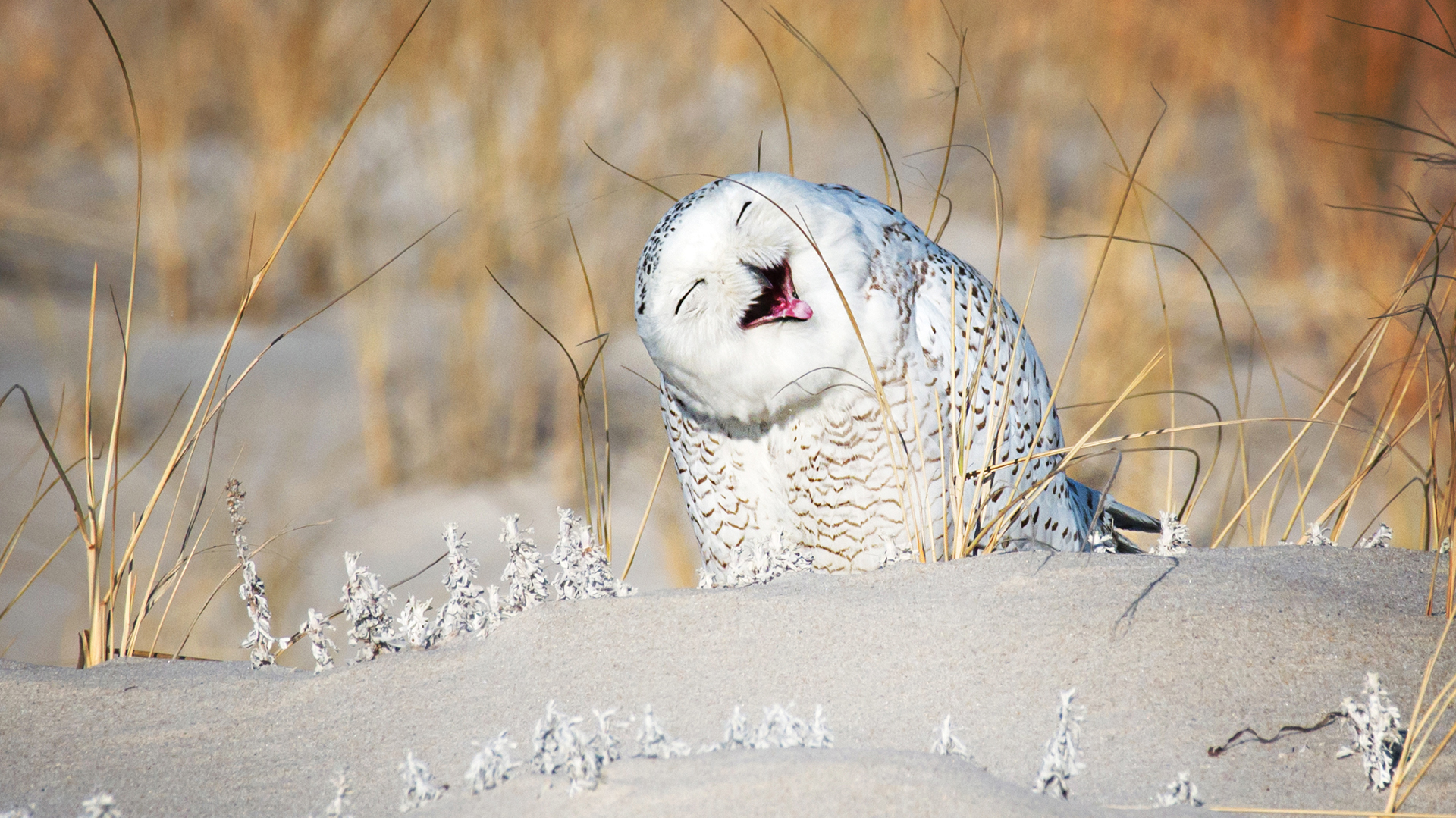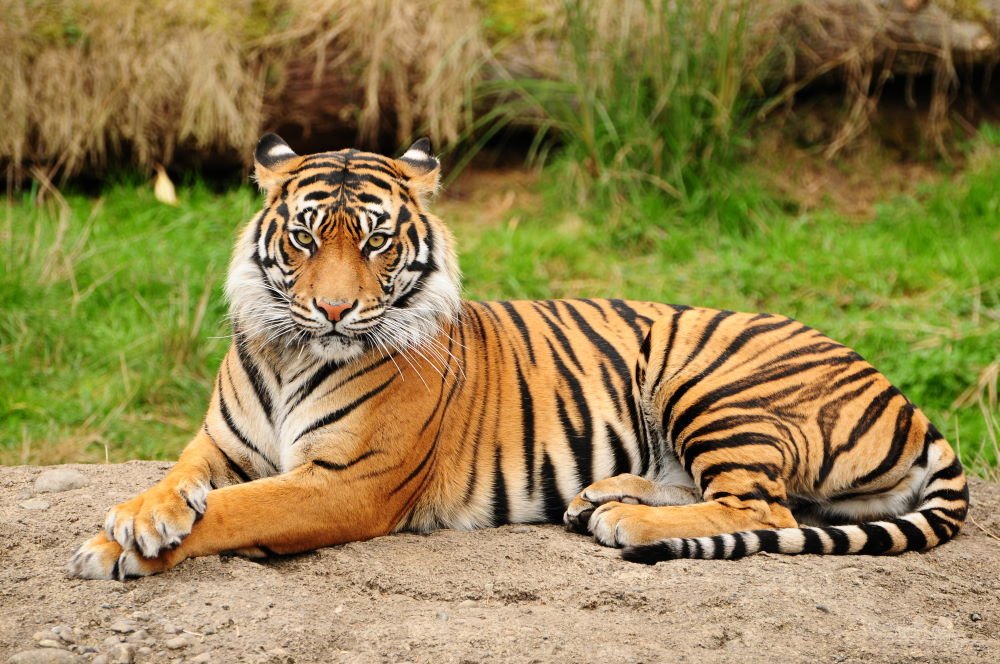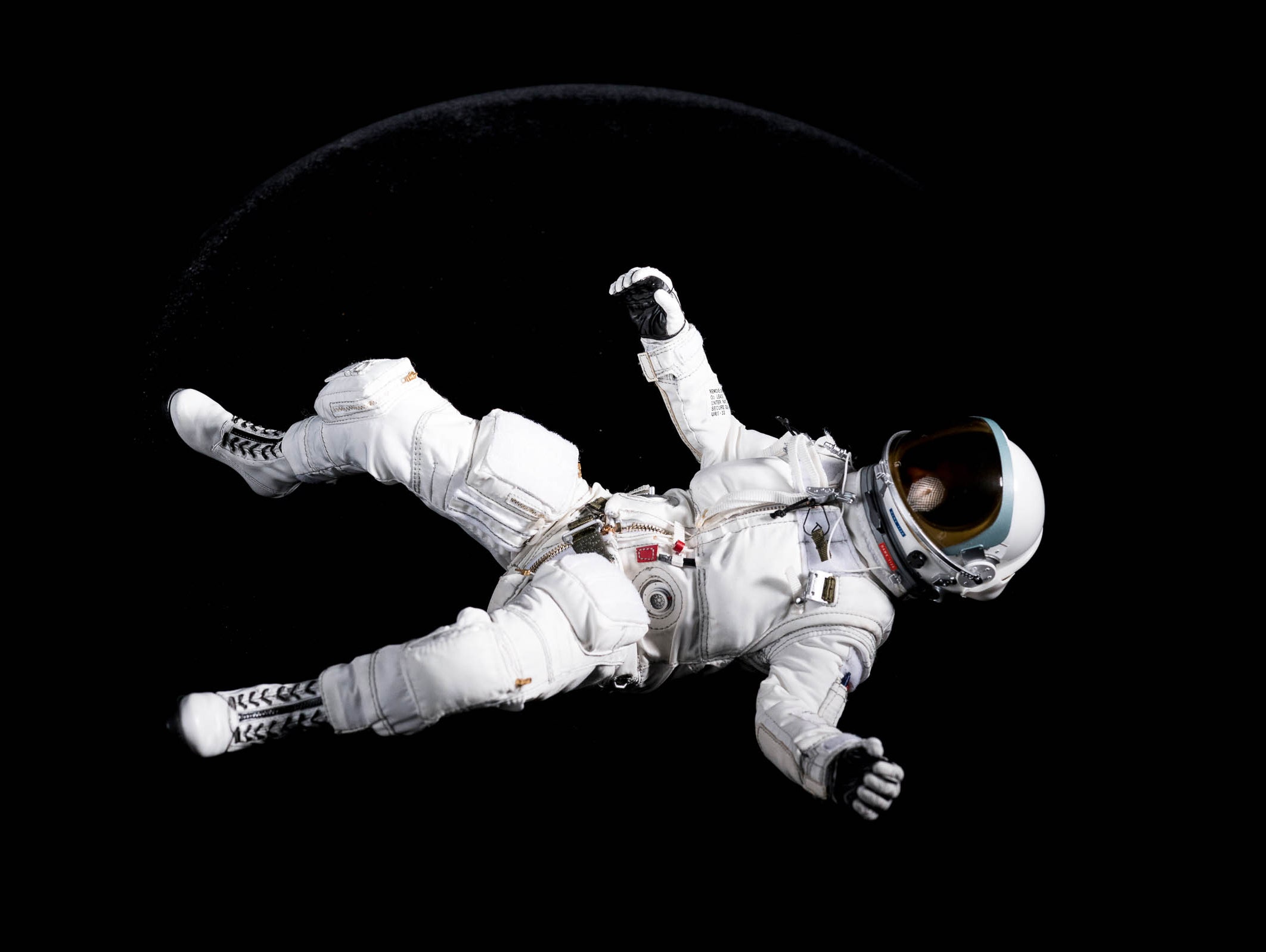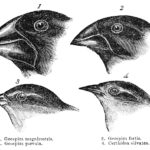|
What do you need to live comfortably? The list probably includes food, a home, clothes, and water. Other needs might include love, an education, friends, enough space to play, and many other things. If you have pets, what do they need to live a comfortable life? Probably many of the same things, food, shelter, water, love, exercise, and more. |
|
Living things have many different needs. Birds need twigs to build a nest, fish need water to survive, your pet hamster needs a clean cage, and plants need sunlight to make food. All around us, living things are using their environment to fill these needs. |
Living things often use other living things to satisfy needs, such as in the example of a lion that uses his prey as food, or the bacteria in your body which uses you as shelter. Other times, living things use non-living things to fulfill their needs. This might be the lizard who uses a crack in a cliff side to hide, or plants who use minerals from the soil to create food.
All lifeforms have different needs. For example, most fish do not fly, and most birds do not swim, while most plants don’t do either. However, all lifeforms do have a few of the same basic needs in common. Almost all living things need energy, food, water, oxygen, space, and the ability to maintain homeostasis.
Living Things Need Energy
|
All lifeforms need energy to survive. Energy is the resource that allows organisms to do things. What kinds of things might an organism do with energy? The answer to this question is as varied as the lifeforms that use energy. Some, like the African Lion, use energy to chase after prey. Other lifeforms, like many creatures we find in the depths of the Earth’s oceans, use energy to create their own light. Living things use energy to grow, to defend themselves, and to move around. |
|
With so many living things around us using energy every day, you might ask where all this energy comes from. The main source of energy on the Earth today comes from the Sun. The energy found in your body, that you use to run, jump and play sports, was originally produced by the Sun. |
Plants use sunlight to create their own food. Many animals then eat the plants, taking this energy into their own bodies. Other animals then eat these plant eaters, passing the Sun’s energy from one organism to another.
|
All living things need a source of food. The food organisms take in provides them with energy, and also provides them with the resources and raw materials they need to build up their bodies, grow, and repair damage. |
|
The foods that living things consume are very different depending on the lifeform. A cow eats a very different diet than a tiger. Even among humans, there is a great difference in what people eat around the world. |
Plants use sunlight to create their own food.
Living Things Need Water
|
How long can you go without water? After only a few hours you will begin to get thirsty. Within a couple days without water you would get very sick. Without water, your body would die within about a week, possibly even sooner. |
|
Living things need water to survive. But why is water so important? All lifeforms on Earth are comprised almost entirely of water. Your own body is about 66% water. Water in your blood helps transport food and chemicals to your cells. It helps remove waste products from your body. Water is used to cool you down, to warm you up, and to carry out the chemical reactions that allow you to move and grow. Another important use of water is to keep your body clean. Though you may not like it, taking a bath or shower is an important part of being healthy. |
Plants use water to grow, to transport food, and to carry out chemical reactions. In addition, plants use water as part of photosynthesis, to create their own food.
Most Living Things Need Oxygen
|
Without food, your body would die in a matter of weeks. Without water, you would day in days. How long do you think you would live without oxygen? As an experiment, see how long you can hold your breath. How quickly does your body let you know it needs more air? |
|
Most lifeforms use oxygen as the main ingredient in many of the chemical reactions needed for life. This is because oxygen is a very efficient element. The availability of oxygen in the Earth’s atmosphere is believed by biologists to be a major reason for the advancement of life on Earth. Without it, life would probably still be very small and very slow. |
Organisms get oxygen from their environment in a variety of ways. Many land animals breath oxygen directly from the air, while ocean-bearing animals often use the oxygen dissolved in the water to survive. No matter how they get it, oxygen is an important need for almost all lifeforms.
Living Things Need Space
|
All of the needs we have mentioned so far, energy, food, water and oxygen, are obtained by organisms in their environment, or the space around them. The amount of resources found in an environment are often limited. There is only a certain amount of food to be found. There may not be enough water for all to drink. For this reason, living things need space. They need enough space to support them without interfering with the lives of other living things. If too many living things are packed in a small living space, it is likely that some of them will die. |
|
Does your neighbor’s dog ever drive you crazy? Yapping at you every time you walk by the fence? What is this dog doing? The dog is responding to a natural instinct to defend its territory, or space. |
In order to insure that they have enough space, many organisms react in a similar manner to this dog. A coyote, for example, howls to warn other coyotes to stay away. Birds chirp to warn other birds that they are not welcome. Lions chase other lions out of their territories. All of these activities are meant to insure that the organism has enough space to provide for their needs.
Living Things Need Homeostasis
|
Homeostasis is a big word that biologists use to indicate that an organism needs to keep conditions inside of itself the same, even though conditions outside are always changing. One very important part of homeostasis is body temperature. On any particular day, the temperature might change by as much as 50º. In order for an organism’s chemical reactions to continue as they should, the temperature on the inside of the organism needs to remain the same. |
|
How do living things maintain homeostasis? When your body temperature begins to rise, what happens? You begin to sweat. Sweating is your body’s way of cooling down, and thus maintaining homeostasis. What do dogs do to cool down? Living things have many unique tricks that help them maintain the same conditions inside themselves. |






